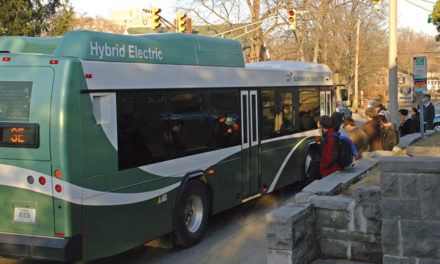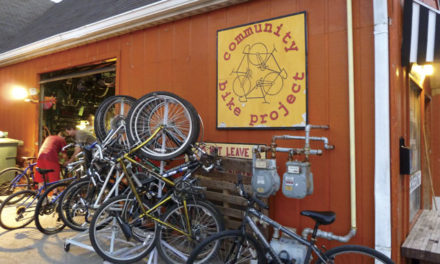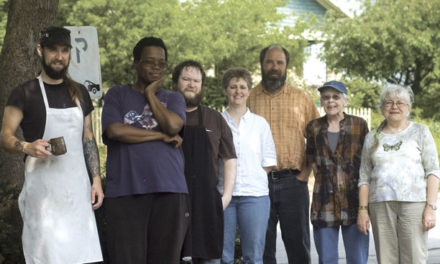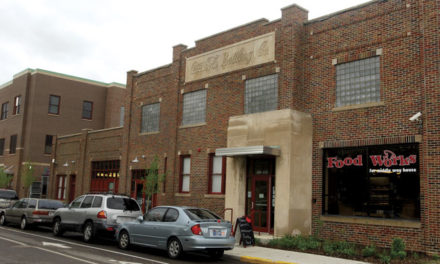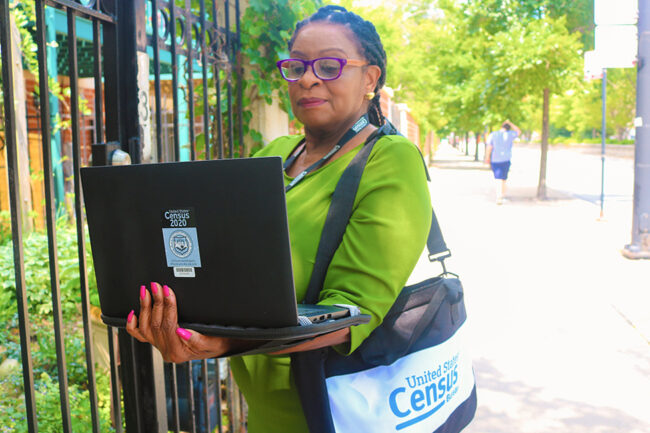
by CRAIG COLEY
The political and legal battle to add a citizenship question to the 2020 census generated awareness of the survey, but also created apprehension about participating. Mandated by the Constitution and conducted every 10 years since 1790, the census helps determine political districts at the federal, state, and local levels, and is used to distribute federal dollars for roads, schools, hospitals, and other public resources.
“For every citizen that we undercount, it costs the state of Indiana over $2,000 a year in money that we could have received,” explains Monroe County Commissioner Penny Githens.
People should be counted where they reside on April 1, even if their permanent address is elsewhere. Confusion on this point is one reason that recent immigrants and college students are undercounted. In the 2010 census, Indiana University students were undercounted by an estimated 30% in some Bloomington neighborhoods.
The survey is brief, asking how many people were living in a house or apartment on April 1, each person’s age and race, and also whether the home is rented or owned.
In mid-March, the U.S. Census Bureau sent out a mailer, inviting people to respond online or by phone. People who don’t reply will receive a paper survey in the mail. In mid-May, census takers will begin knocking on doors of those who have not responded. The Census Bureau plans to hire thousands of census takers in Indiana at a rate of $18.50 to $25 an hour.
Githens and Beverly Calender-Anderson, director of the City of Bloomington Community and Family Resources Department, co-chair the Complete Count Committee, which has been working since October to educate people about the census.
“There are a lot of barriers, but there are a lot of strides being made to overcome those barriers,” Calender-Anderson says.
“We live in a time when there’s distrust of government,” says Tim Swarens, Indiana-based media specialist for the Census Bureau. “It’s important for us to communicate that it’s safe and secure to complete the census.” Swarens says the Census Bureau does not share personally identifiable information with other government agencies, and every census worker swears an oath to maintain people’s privacy, under penalty of fine and imprisonment.
Josefa Luce, Bloomington’s Latino outreach coordinator, has been using the City’s Spanish-language newsletter and the radio program Hola Bloomington to assure people that the census does not have a citizenship question. “It’s also important for them to know that it’s not a new thing,” Luce says. “They might be new to the country, and it helps for them to know that this happens every 10 years.”
Lack of awareness is also an obstacle for IU students, most of whom were in elementary school when the last census was taken. Considering they make up about half of Bloomington’s population, their participation is critical. “You look at the number of students here—40,000-plus—that’s the size of a mid-sized town in Indiana,” says Valerie Peña, IU assistant vice president for government relations and economic engagement. “Trying to make sure that we get them counted is our responsibility to the community.”
Alan Pemberton, who works for the Bloomington Board of Realtors, has been enlisting the help of property managers to encourage off-campus students to respond to the census. “One of the biggest challenges is that they don’t fully understand that they should be filling out the census here instead of at their permanent address,” Pemberton says.
“A lot of them kind of assume that their parents have to do it for them,” says Adara Donald, an IU journalism major who is working with a team of other students to build awareness. Donald’s team has set up information tables at the Monroe County Public Library, the Monroe County YMCA, and IU dormitories. “We emphasize that this two-minute form has a 10-year impact,” Donald says.
To learn more, visit 2020census.gov.


